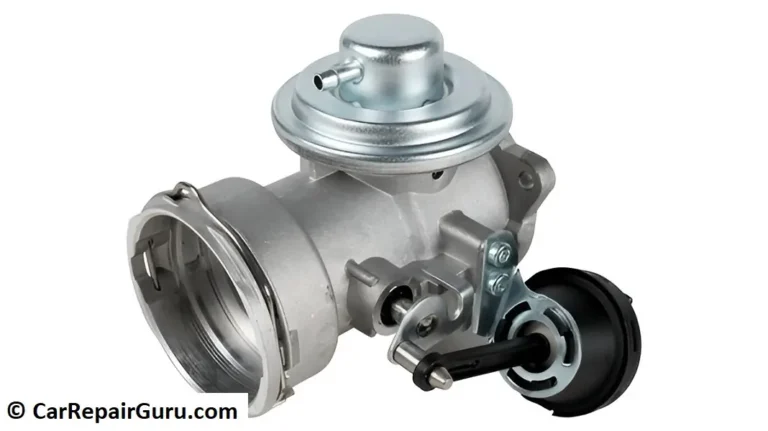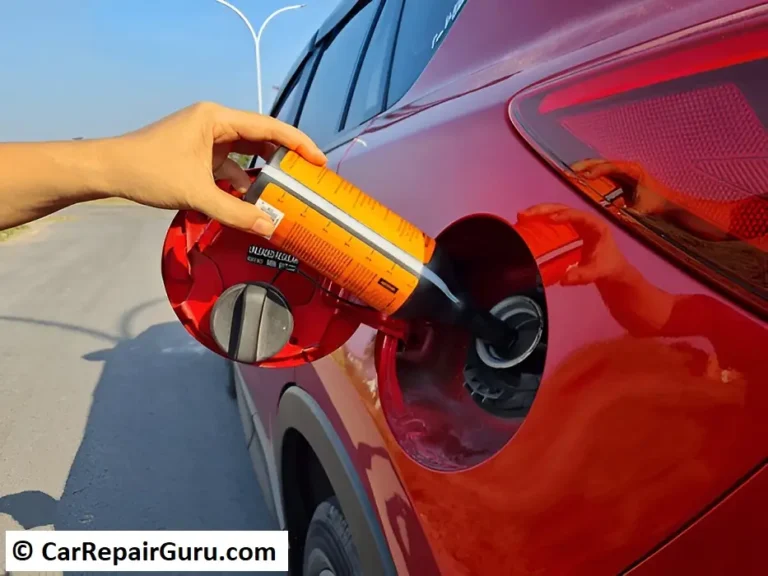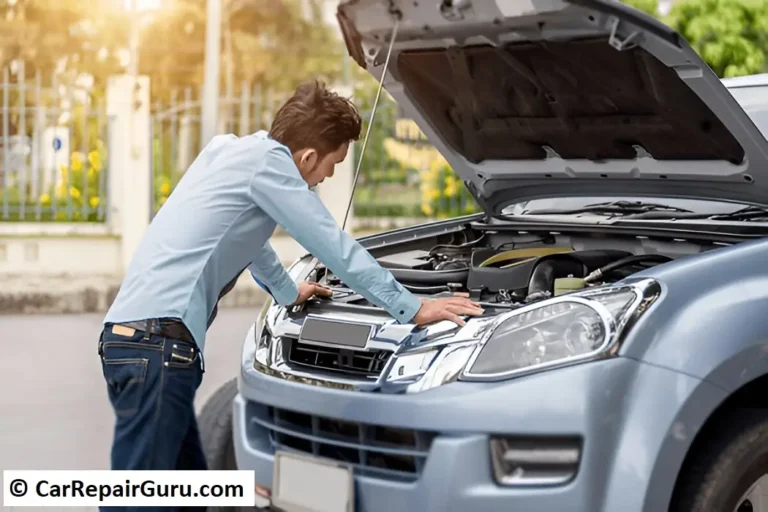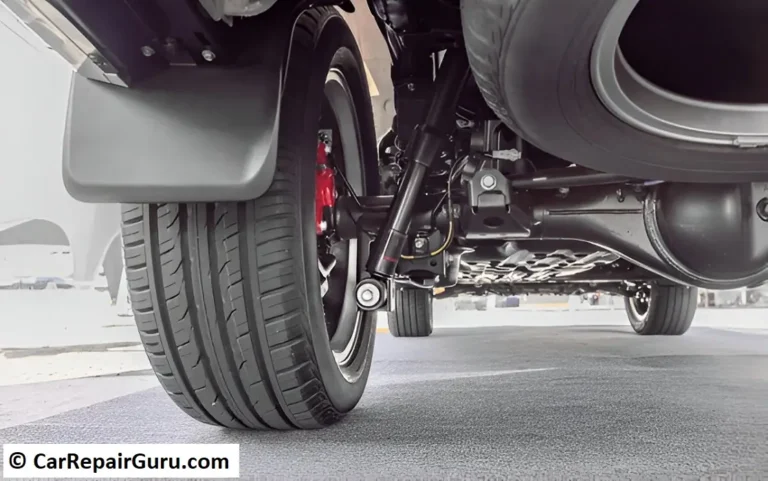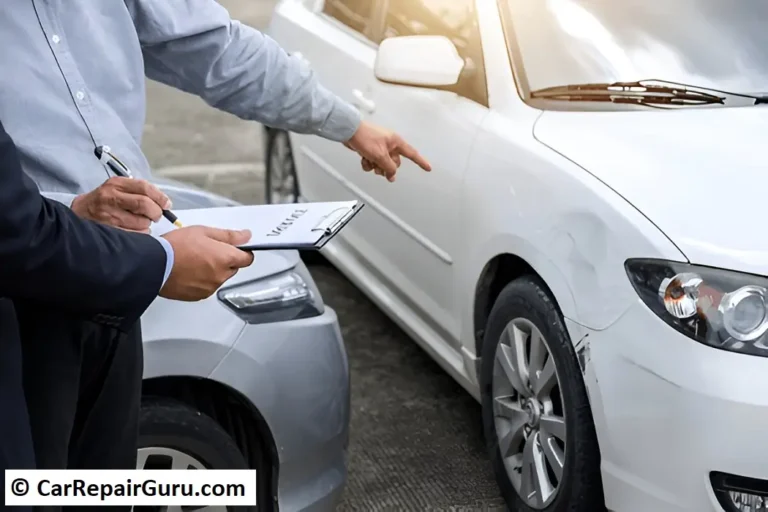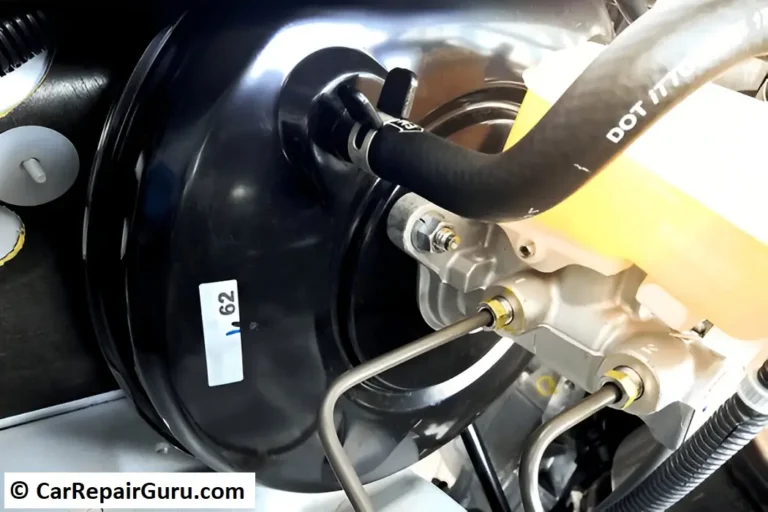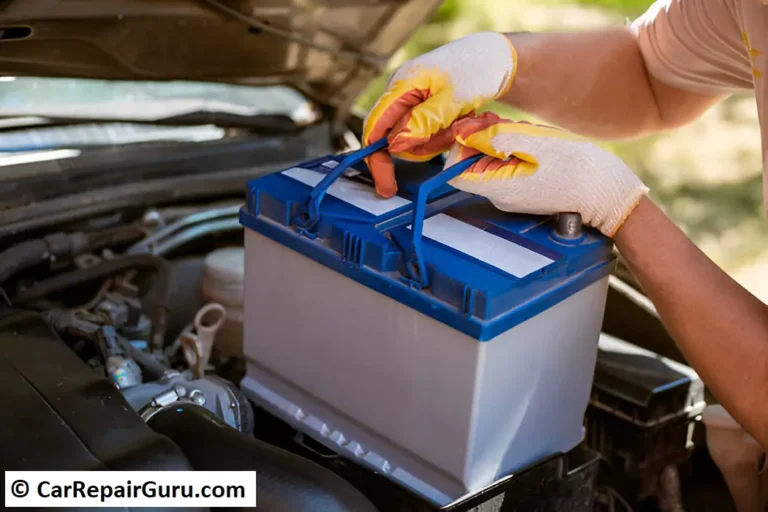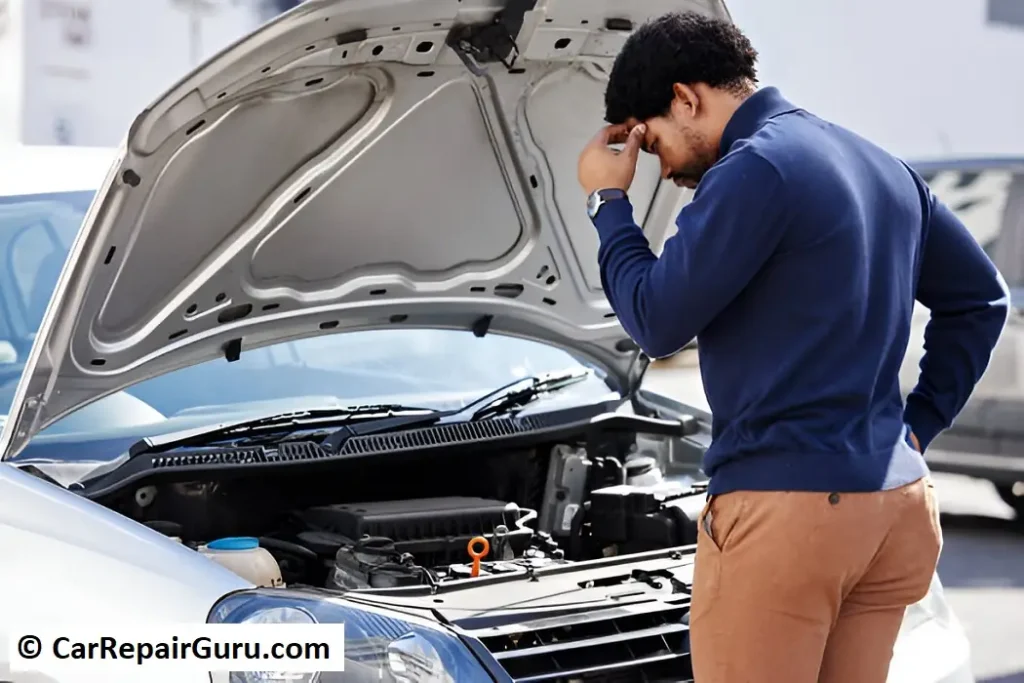
What Causes Car Whistling Sounds?
Have you ever been driving and noticed a strange whistling sound coming from your car? It’s more common than you might think, and ignoring it could lead to bigger problems down the road. A whistling noise in your car can be caused by a range of issues, from simple maintenance needs to more complex mechanical problems.
Addressing these sounds promptly is essential not just for your comfort but also for your safety. Some causes might be harmless, while others could signal potential damage to vital car components. This guide will help you understand the reasons behind the whistling sound, how to diagnose it, and the best solutions to fix it. Whether you’re a car enthusiast or just want a quieter ride, you’ll find practical advice here to tackle the issue effectively.
Let’s dive into the common causes of whistling noises in cars and how to resolve them.
Common Causes of Whistling Noises in Cars
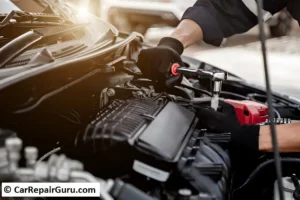
Whistling noises in your car can be both annoying and concerning. Understanding the causes is the first step toward resolving the issue. Here are the most common culprits:
Vacuum Leaks
The vacuum system in your car is essential for maintaining engine performance. It helps regulate airflow, fuel efficiency, and emissions. However, when a vacuum leak occurs, air escapes where it shouldn’t, causing a distinct whistling sound.
This whistling often happens during acceleration as the engine works harder and air pressure increases. Common causes include cracked or disconnected vacuum hoses, a damaged intake manifold gasket, or faulty connections in the system.
A vacuum leak not only creates noise but can also lead to rough idling, reduced fuel economy, and even engine misfires. Identifying the source of the leak requires a careful visual inspection or specialized diagnostic tools. Addressing vacuum leaks promptly ensures a quieter and more efficient drive.
Worn or Damaged Belts
Serpentine and timing belts play crucial roles in your car’s engine. They power essential components such as the alternator, water pump, and air conditioning system. Over time, these belts can wear out, crack, or become misaligned, leading to a high-pitched whistling or squealing sound.
The noise is usually most noticeable when starting the engine or accelerating. If left unchecked, a worn belt can snap, potentially causing significant damage to other engine components.
To prevent this, inspect belts regularly for signs of wear, such as cracks, fraying, or a shiny glazed surface. Replacing a damaged belt is a relatively straightforward fix that can restore your car’s smooth operation and eliminate the whistling sound.
Exhaust System Issues
Your car’s exhaust system is designed to channel harmful gases away from the engine and cabin. When leaks develop in this system, they can produce a whistling noise, especially when the engine is revving.
Common areas for leaks include the exhaust manifold, muffler, or joints in the piping. Corrosion, cracks, or loose connections are typical causes. In addition to noise, an exhaust leak can result in reduced engine performance and increased emissions.
Identifying an exhaust leak often involves listening for changes in sound near the exhaust system or inspecting for visible damage. Repairs might include welding small cracks, replacing gaskets, or, in severe cases, replacing entire sections of the exhaust. Resolving exhaust issues ensures not only a quieter drive but also compliance with emission standards.
Window and Door Seals
Damaged window and door seals are a common source of whistling noises, particularly at higher speeds. These rubber seals create an airtight barrier to keep out wind, water, and noise. When they degrade, gaps can form, allowing air to seep in and produce a whistling sound.
The noise typically increases as your speed picks up, making it a common annoyance during highway driving. Inspect seals for cracks, tears, or areas where they’ve become loose. Temporary fixes like weatherstripping tape can provide relief, but replacing the seals is the most effective solution.
Properly sealed windows and doors not only eliminate noise but also improve cabin comfort and energy efficiency, especially if you’re using climate control. Maintaining these seals is a small but impactful step toward a quieter and more enjoyable driving experience.
Diagnosing Car Whistling Sounds:
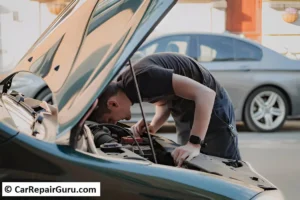
Identifying the source of a whistling noise in your car can save you time and money by narrowing down the possible causes. Follow these steps to diagnose the issue effectively.
When Does the Noise Occur?
The timing of the whistling sound provides vital clues about its cause:
- During Acceleration: If the noise appears when you press the gas pedal, it may point to vacuum leaks, exhaust system issues, or a worn serpentine belt. The increase in engine activity amplifies these problems.
- During Deceleration: A whistling sound when slowing down might indicate air entering through damaged window seals or a fault in the braking system.
- While Idling: Persistent noise when the car is stationary often suggests a vacuum system problem, as airflow irregularities become more noticeable at lower speeds.
Paying attention to when the noise occurs can help you focus your diagnosis and avoid unnecessary repairs.
Locating the Source
Pinpointing the location of the noise is crucial for accurate diagnosis. Start by asking yourself:
- Is the sound inside the cabin? If so, it could stem from damaged door or window seals, especially if the noise gets louder as you increase speed.
- Does it come from under the hood? Whistling from the engine bay could indicate issues with the vacuum system, belts, or exhaust.
To locate the sound more precisely, listen carefully while the car is running. Open the windows to determine if the noise originates outside, or step out and inspect the car while idling. For hard-to-reach areas, consider using a mechanic’s stethoscope or a length of rubber tubing to isolate the noise.
DIY Inspection Tips
If you’re comfortable working on your car, a DIY inspection can help identify and even fix the problem. Here’s how:
- Visual Checks: Inspect the vacuum hoses, belts, and exhaust system for visible signs of wear or damage. Look for cracks, loose connections, or corrosion. Don’t forget to examine the window and door seals for gaps or tears.
- Listening Techniques: With the car running, listen closely to identify where the sound is loudest. If it’s coming from under the hood, gently rev the engine to see if the noise changes. For window and door seals, try using a piece of tissue paper along the seals while driving to detect airflow leaks.
For persistent or hard-to-find noises, you can also try spraying a soapy water solution on suspected vacuum leaks while the engine runs. Bubbles forming in certain spots can confirm a leak.
If you cannot identify the issue or feel unsure about your findings, don’t hesitate to seek help from a professional mechanic. A proper diagnosis can ensure your car remains in good condition.
How to Fix Common Causes of Car Whistling Noises
Once you’ve identified the cause of the whistling sound in your car, the next step is resolving the issue. Here’s how to tackle the most common culprits effectively.
Fixing Vacuum Leaks
Vacuum leaks are a frequent cause of whistling noises, and addressing them promptly is essential to maintain engine efficiency. Start by identifying the leak through a visual inspection or by using soapy water on suspected hoses or gaskets while the engine is running. Look for bubbles forming at the leak site.
Once located, repairing a vacuum leak can be straightforward. Cracked hoses can be replaced with new ones, and loose connections tightened. For damaged gaskets, such as those on the intake manifold, replacement might require professional tools and expertise.
If the leak isn’t immediately visible, consider using a smoke machine to pinpoint the source. This device introduces smoke into the system, revealing even hidden leaks. Fixing vacuum leaks ensures optimal engine performance and eliminates the high-pitched whistle.
Replacing Worn Belts
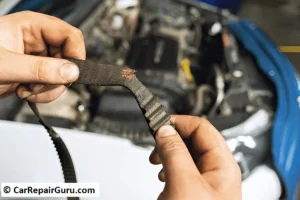
Worn belts, such as the serpentine or timing belt, can create a whistling sound due to cracks, fraying, or misalignment. To determine if a belt needs replacing, inspect it for signs of wear like visible cracks, shiny spots, or loss of tension.
Replacing a belt yourself is possible if you have the right tools and some mechanical know-how. Begin by consulting your car’s manual for specific instructions, and ensure you use the correct replacement part. You’ll need a wrench to release the tensioner and remove the old belt before installing the new one.
If you’re unsure or lack the necessary tools, it’s best to consult a professional mechanic. Properly installed belts reduce noise and protect other engine components from damage, ensuring smoother operation.
Addressing Exhaust Leaks
Exhaust leaks are another common source of whistling noises. Begin by locating the leak, often found at joints, the manifold, or the muffler. Rust, cracks, or loose connections are typical culprits.
For small cracks or holes, high-temperature exhaust repair tape or putty can provide a temporary fix. For larger issues, welding the affected area or replacing damaged sections of the exhaust system may be required.
If the leak is at a gasket or flange, replacing the gasket is usually the best solution. These repairs can be done at home with the right tools, but professional assistance may be necessary for complex issues or extensive damage. Fixing exhaust leaks ensures a quieter ride and helps your car maintain proper emissions levels.
Repairing Window and Door Seals
Damaged window and door seals can allow air to seep into the cabin, creating an annoying whistling sound. Inspect the seals for cracks, gaps, or areas where they’ve detached.
For minor damage, silicone sealant or weatherstripping tape can offer a quick fix. Simply clean the area, apply the sealant, and let it cure. For more extensive damage, replacing the seals is the best option. Replacement kits are available for most car models and often come with detailed instructions.
Ensure the new seals fit snugly and are installed without gaps. If replacing seals yourself seems daunting, professional help ensures a perfect fit and long-lasting results. Properly repaired seals improve cabin comfort, eliminate noise, and enhance the overall driving experience.
Preventive Maintenance to Avoid Whistling Noises
Preventive maintenance is the best way to keep your car running smoothly and avoid annoying issues like whistling sounds. By being proactive, you can save time, money, and stress down the road.
Regular Inspections
One of the easiest ways to prevent whistling noises is to perform regular inspections. Pay attention to components that are prone to wear, such as vacuum hoses, belts, exhaust systems, and seals around windows and doors. Look for visible signs of damage like cracks, fraying, or rust. Listen carefully for unusual noises, especially after long drives or harsh weather conditions.
Scheduling routine checkups with a trusted mechanic can help catch issues early. Professionals can use diagnostic tools to identify problems that aren’t immediately visible, ensuring your car stays in optimal condition.
Timely Replacements of Wear-Prone Parts
Components like belts, gaskets, and seals naturally degrade over time. Replacing them on schedule is crucial to avoid noise and more significant issues.
- Belts: Inspect and replace serpentine and timing belts as recommended in your vehicle’s manual, typically every 60,000 to 100,000 miles.
- Vacuum Hoses: Replace hoses that show signs of wear or become brittle with age.
- Window and Door Seals: Ensure these seals are intact, especially if you notice increased cabin noise during high-speed driving.
Timely replacements reduce the likelihood of whistling noises and help maintain your car’s overall performance.
By committing to regular maintenance and addressing wear-prone parts proactively, you’ll enjoy a quieter, more comfortable driving experience.
When to Consult a Professional Mechanic
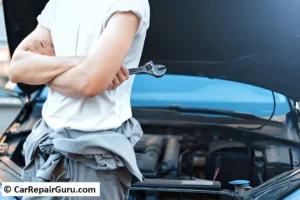
While some car issues can be resolved with basic tools and DIY skills, there are times when it’s best to leave repairs to a professional mechanic. Knowing when to seek expert help can save you time, money, and potential frustration.
Signs the Issue Is Beyond DIY Repair
If the whistling noise persists despite your efforts to locate and fix the problem, it might indicate a deeper issue. Complex components like the exhaust manifold, timing belt, or intake manifold gaskets often require specialized tools and expertise to diagnose and repair.
Additional signs you need professional help include:
- A check engine light accompanying the noise.
- Whistling that worsens over time or occurs with other symptoms like engine misfires or reduced performance.
- Difficulty pinpointing the noise’s exact source, especially if it seems to come from multiple areas.
Importance of Professional Diagnostics
Professional mechanics have access to advanced diagnostic tools that can identify issues quickly and accurately. For instance, a smoke test can reveal hidden vacuum leaks, while pressure gauges can assess exhaust system integrity.
Consulting a mechanic not only ensures the problem is resolved correctly but also prevents further damage to your car. In the long run, professional assistance provides peace of mind and keeps your vehicle running safely and efficiently.
